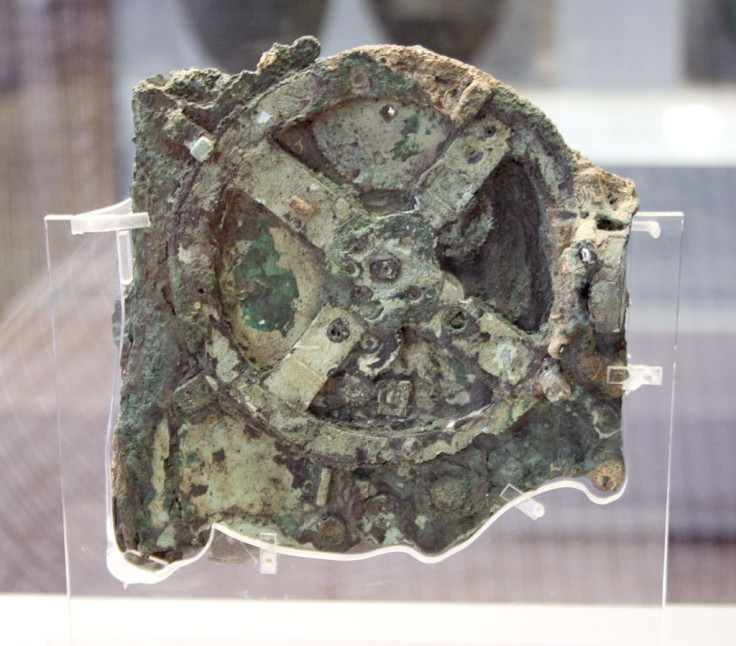Antikythera Mechanism: 2,000-year-old astronomical computer 'was used to predict the future'

The Antikythera Mechanism, an ancient Greek 'computer' used to plot the stars, may also have been used to predict the future. The 2,000-year-old mechanism, which was found in a shipwreck off the coast of Antikythera in 1901, has been found to have colour codes – potentially relating to omens, researchers studying it have said.
The Antikythera mechanism has been studied by researchers for decades, yet its origin and exact function has remained something of a mystery. The mechanism, which dates to 60 BC (although some think it to be older), was extremely advanced – nothing as technologically sophisticated would be created for more than 1,000 years with the birth of mechanical astronomical clocks.
It has bronze gears that were used to track astronomical positions and eclipses. Researchers also believe that because of its level of advancement, it is not a prototype, meaning similar mechanisms must have come before.
This also means it is probably not the only one – although no other device like it has ever been found.
Mike Edmunds, professor in astrophysics at the University of Cardiff, is part of the research team looking to uncover the device's secrets and has worked on the project for the last 12 years.
Researchers are currently trying to decode the inscriptions on the mechanism. While doing this, Edmunds said they came across something unusual, Reuters reports.

They found what appeared to be the colour of a forthcoming eclipse. "We are not quite sure how to interpret this, to be fair, but it could hark back to suggestions that the colour of an eclipse was some sort of omen or signal. Certain colours might be better for what's coming than other colours," he said. "If that is so, and we are interpreting that correctly, this is the first instance we have in the mechanism of any real mention of astrology rather than astronomy."
The other inscriptions were, as expected, to do with astronomy. "It confirms that the mechanism displayed planets as well as showing the position of the sun and the moon in the sky," Edmunds said.
Alexander Jones, from the Institute for the Study of the Ancient World in New York, added: "The texts were meant to help the viewer to understand what was the meaning of all the different points and dials, what it would teach them about the cosmos that they lived in... and about how, through cycles of time this related to their lives."
© Copyright IBTimes 2025. All rights reserved.






















